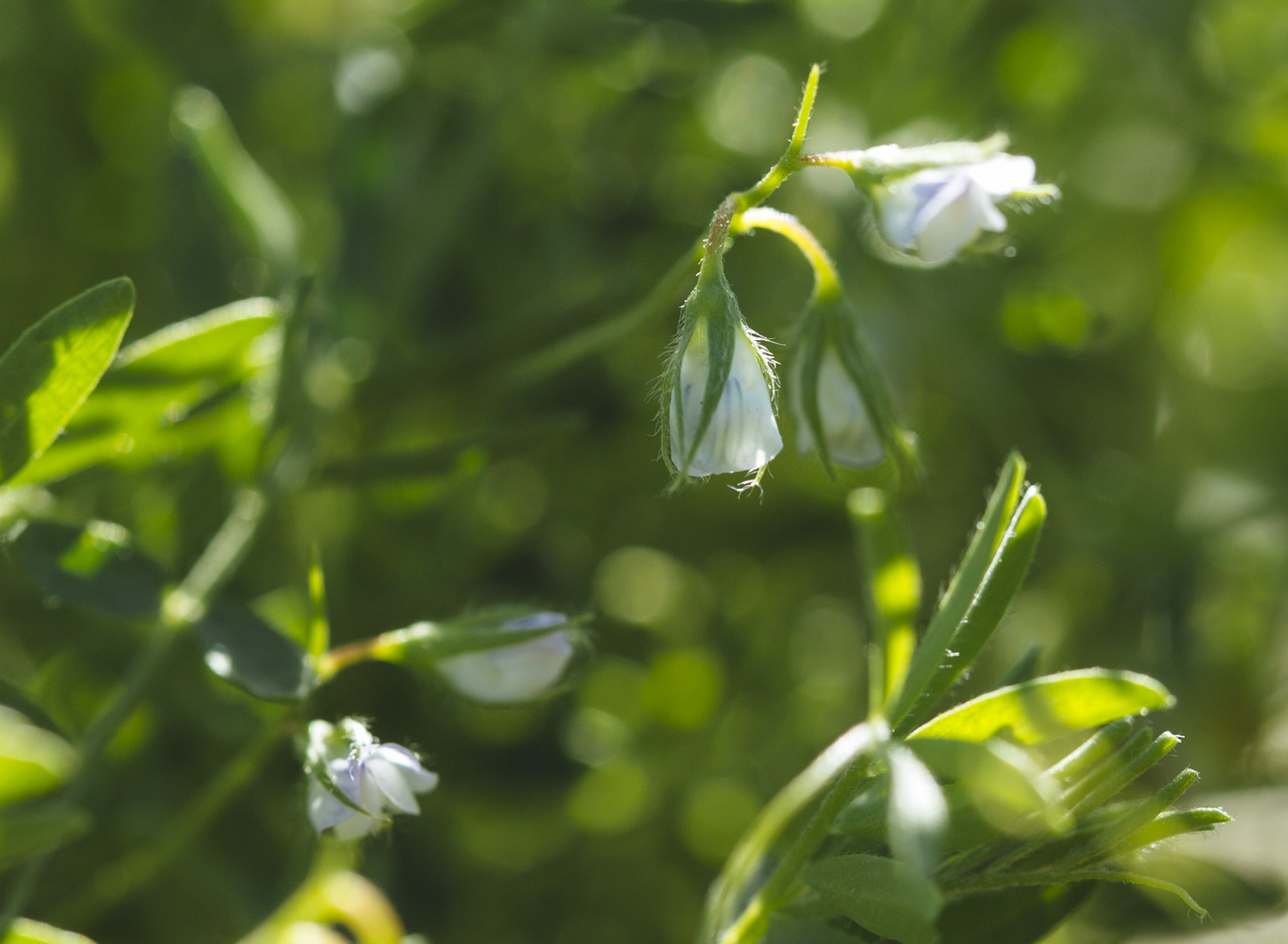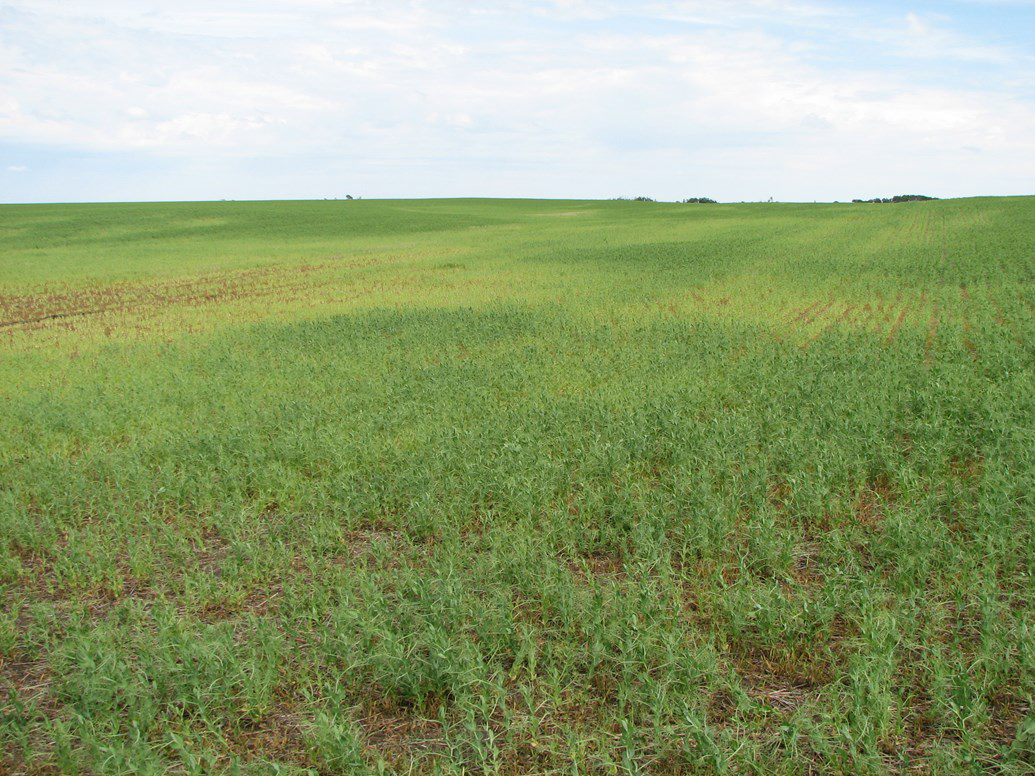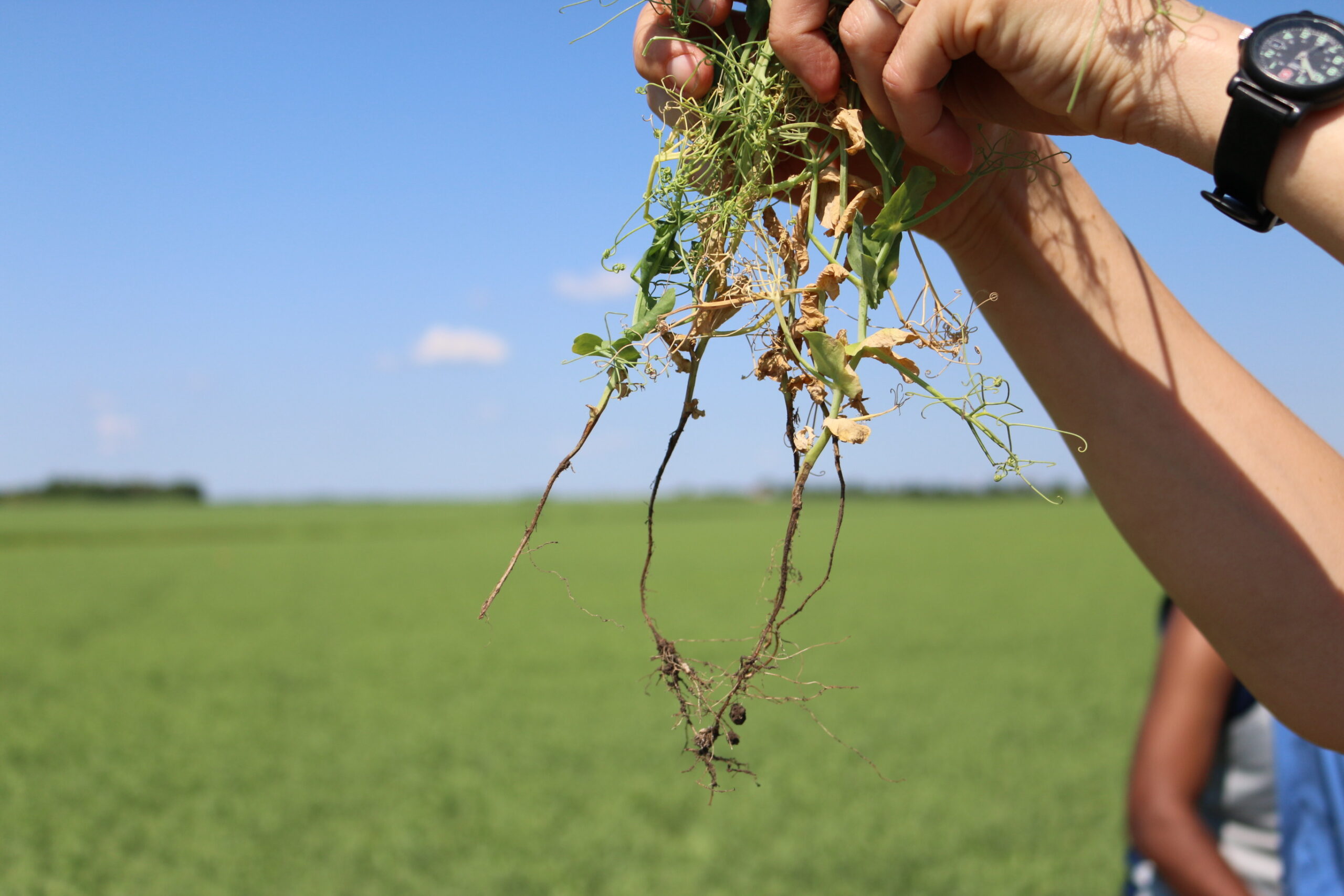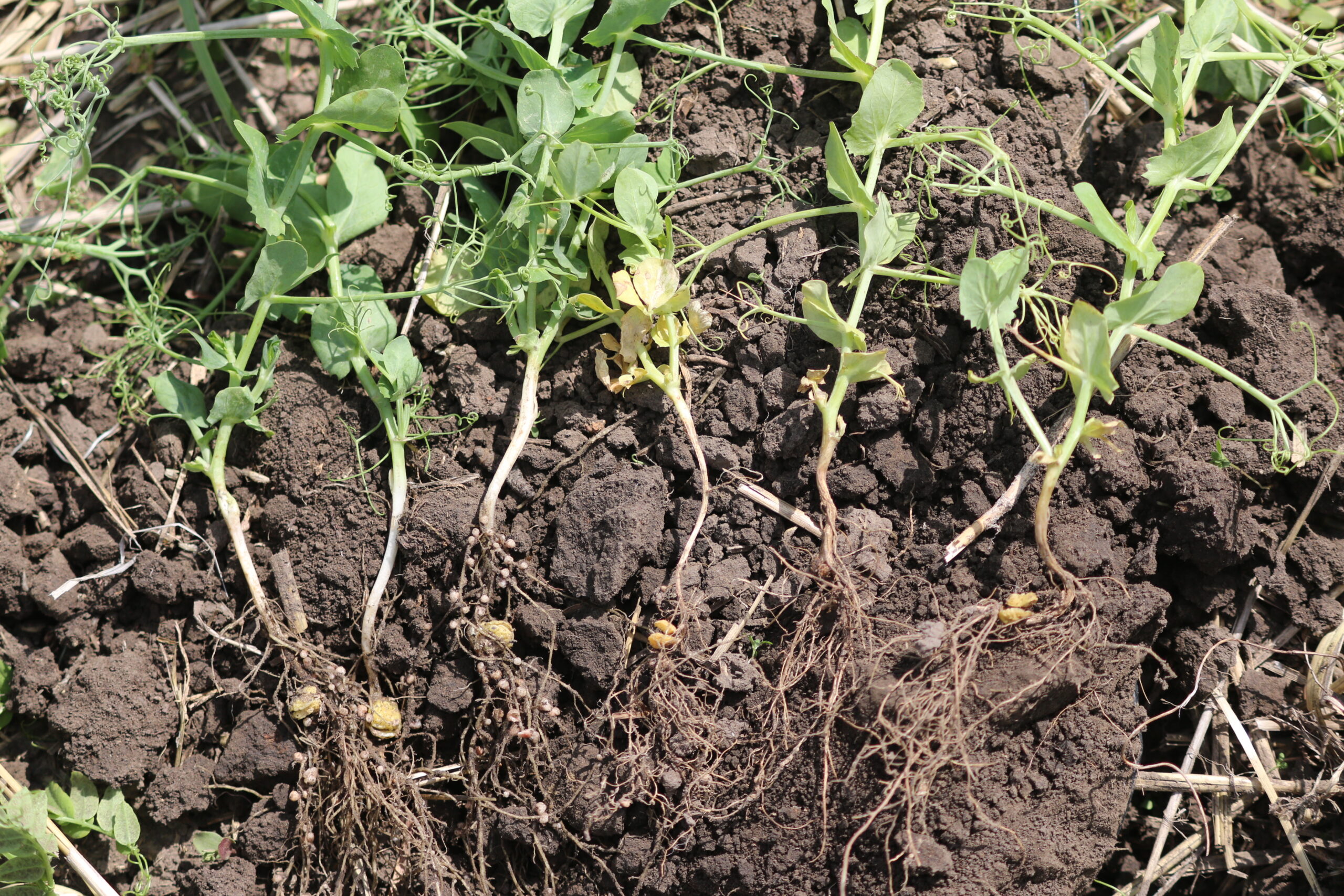Aphanomyces root rot has become a widespread problem in pea and lentil production in Saskatchewan. Agronomic management of this root disease currently offers few options for growers, and seed treatments only suppress the disease, rather than control the pathogen. Dr. Sabine Banniza, Professor and Ministry of Agriculture Strategic Research Program Chair in Pulse Crop Pathology, at the University of Saskatchewan, has been working on research to identify genes in pea and wild lentil germplasm that confer resistance to Aphanomyces, and to bring those genes into future varieties to help build resistance.
“Screening for Aphanomyces resistance in peas and lentils is an intensely labourious process, so molecular markers can be a major asset,” says Banniza, giving nod to funding that Saskatchewan Pulse Growers has provided for not only this research project, but also a previous one in which she could use rapid generation technology to screen and assess molecular markers for Aphanomyces resistance, at an accelerated rate. Research groups in France and the United States have already begun screening pea germplasm and developed molecular markers, so Banniza has been able to make use of that in pea, allowing her now to focus her attention on lentils for this project, looking for Aphanomyces resistance.

“In pea, what we can do now with these molecular markers is we can use them to screen our breeding material and do pathogenicity tests to make sure that these markers are indeed indicators for resistance to Aphanomyces. We can then start using them on a larger scale in the pea breeding program,” says Banniza. “We have aligned our work with the French, so while they have screened pea germplasm for Aphanomyces resistance and have been developing markers for that in peas, we have been screening for resistant germplasm in lentil and hope to then develop molecular markers for lentil in the near future.”
What does this mean for growers? It may take some time, but hopefully the wait will be worth it. The process to screen and identify molecular markers that have Aphanomyces resistance is just the beginning.
“In pea, we have been screening and selecting resistant offspring from crosses and back-crosses of our resistance sources with adapted pea varieties with the molecular markers, and are just completing pathogenicity testing to confirm the effectiveness of the molecular markers. At the end we hope that we will have something that looks like a good pea (and eventually good lentil) in the field, with good Aphanomyces resistance,” says Banniza. The resulting new pea and lentil lines then would go into test plots for assessment of yield, and other important agronomic traits, to identify the best potential varieties of each.
“If everything goes well we should have some good pea germplasm ready by 2020. The seed of any promising line will then need to be increased and then go to fields for co-op testing. It could take another four years before anything is registered, but if we do this right, we could have something in pea for growers in less than 10 years. It will take a bit longer for lentil because there we had to start from scratch with finding resistant sources for breeding.”
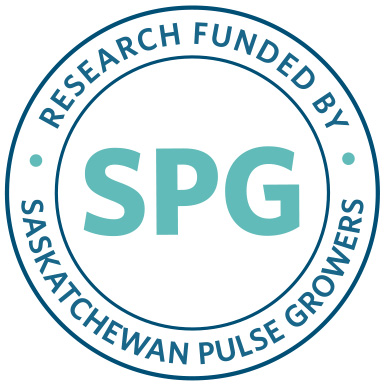
Published January 2020
